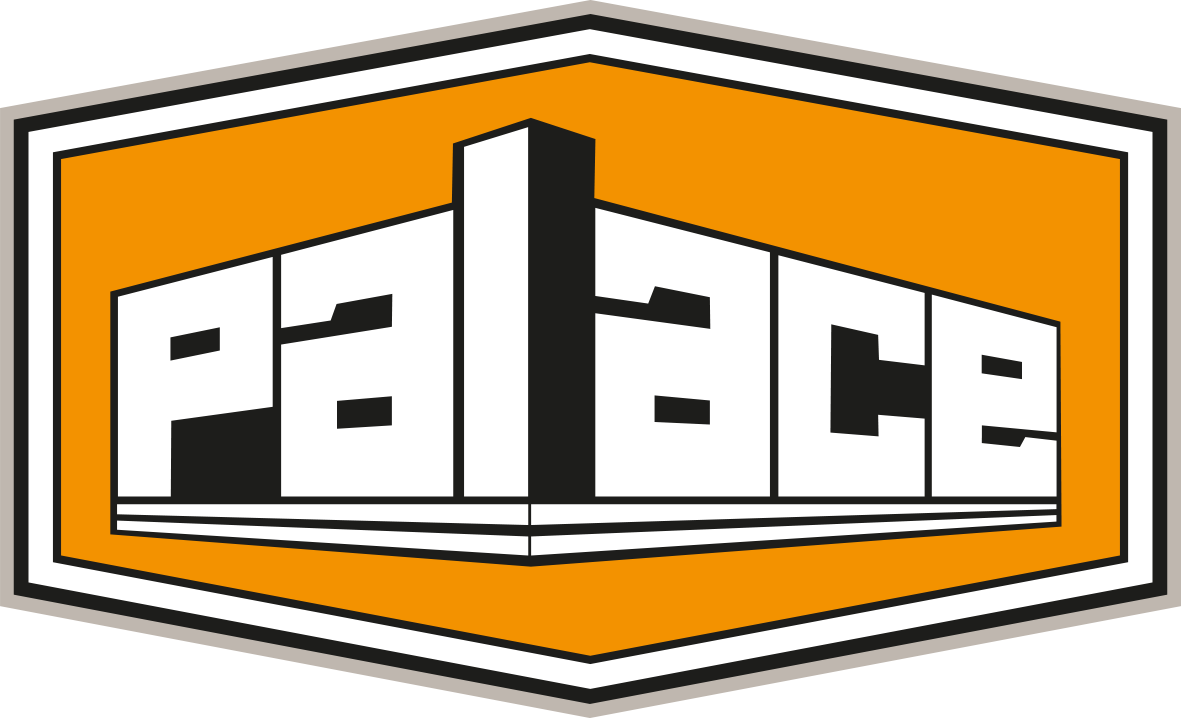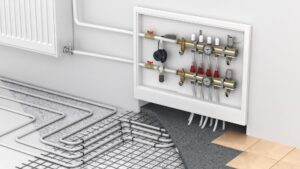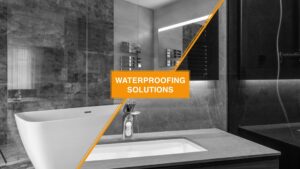Of all tiling jobs, wetrooms are among the areas where problems are most likely to occur. The risk of water getting into the substrate and causing failure of an incorrect installation is significant.
Jim Percival, technical director at Palace Chemicals, assesses how these problems can be avoided, and a durable wetroom solution achieved when the correct procedures and product specification are followed.
The popularity of wetrooms in both domestic and commercial applications continues to increase. A wetroom is considered to be an installation where the shower base is set as either the same or near to the level of the floor. Good structural design, including water-resistant background materials, high quality tiles, grouts and adhesives, as well as correct pre-installation surface sealing methods are all important to achieving a safe and long-lasting wetroom.
The key points when tiling surfaces within a wet-room enclosure is that the structure itself and all associated joints around perimeters, trays, drains & pipe entry points should be protected with a waterproof sealant to inhibit the free passage of moisture from within the wet zone. All surfaces subject to load should be stable and ideally free from movement. This is true whatever the nature of the substrate, but it is particularly important, given that many existing internal walls are commonly based on plaster or plasterboard over timber floor structures, all of which are susceptible to damage if they become frequently wet.
Guidance provided by BS5385 Part 4 confirms that a tiled surface will not of itself provide a fully waterproof layer. Protection for vulnerable substrates and structures beneath the tiling can ideally be achieved with the application of a water-tight tanking system. Furthermore, any area that is subjected to getting wet (shower, steam room, wet rooms etc) should be tanked – whether it be a new build or refurbishment of an existing area.
This requires the provision of an impermeable layer between the tiled finish and the substrate, and should be installed on all walls and floor surfaces surrounding a frequently wet utility where there is a likelihood of moisture penetration through all joints within a tiled surface.
Tanking systems for application to protect and prepare surfaces prior to fixing tiles are available as ready to use, liquid applied paint-on systems and often these are supplied as kits which include waterproof tapes and gaskets to cover joints around walls, floors, drains and pipe entry points. These should be installed as per the manufacturer’s instructions and allowed to dry fully, before proceeding to complete the tiled finish.
Other tanking systems available include roll-out sheet applied membranes and also two-part cement based tanking coatings and all should be applied to create a tanked area where all joints in the system are accounted for as above and covers all areas likely to be subject to wetting, including up to the full room height, as moisture migration through grout joints can come from both direct wetting from a shower and also surface condensation.
Guidance on the preparation of surfaces in wet areas prior to fixing tiles is available from BS 5385 Part 4 and also in recently published NHBC guidance notes (9.2/06).
Where a fully water resilient surface is used to create a “wet enclosure”, such as those constructed using backerboards made from water resistant materials such as cement coated expanded polystyrene (EPS), a slightly different procedure can be employed, since EPS is inherently waterproof due to its materials & structure.
In wet areas constructed from water resistant backerboards, it is still recommended to apply waterproof tapes & gaskets over the wall and floor joints, drains and pipe entry points, as although it is not always necessary to fully tank a surface that in itself is specified as fully water resistant, the use of a liquid water-tight tanking membrane in combination with tapes, gaskets and ancillary protective materials will provide the protection needed across joints and entry points, especially where slight movement is possible.
There are a wide range of ceramic tiles, conforming to the requirements of BS EN 14411, that may be used in a wet room. Glass and ceramic mosaics, as well as natural stone tiles can also be used. Some agglomerated natural stone tiles can suffer discolouration in a wet room environment and alternatives such as glazed or unglazed porcelain or fully vitrified ceramic tiles can also be used, provided they conform to the relevant British Standard. For floors a suitable non-slip tile should be used, since trips and slips in bathrooms and wetrooms are a major cause of injury.
When preparing to fix over wall structures an important factor to consider is the weight loading of the installation, since there is a risk of the tiles being pulled off the wall if the combined weight of adhesive and tiling materials is too heavy for the base wall material (e.g. plaster, plasterboard or backerboard) to support them. Check with the board manufacturer that the weight load being applied is within the tolerance of the board type, and general guidance is also available in BS5385 Part 1 as to the load limits of more conventional plastered and rendered wall surfaces.
Adhesives used to fix tiles over tanked surfaces should be water-resistant and suitable for wetroom installations. For floors the tile adhesive should be compatible with underfloor heating systems, if one is included in the installation. Ideally a cement-based product classified as EN12004 C2 will provide the most reliable bond to tanked surfaces in areas when subject to frequent wetting.
When it comes to grouting, a CG2 cement-based grout should be used, which is both efflorescence-resistant and water-repellent and ideally should include an anti-bacterial additive to prevent the development of black spot mould. Epoxy grouts can also be used to provide a higher level of water and stain-resistance. Cement-based grouts can darken when wet and change colour again when they dry and the application of a grout sealer will help limit this transient visual effect.





